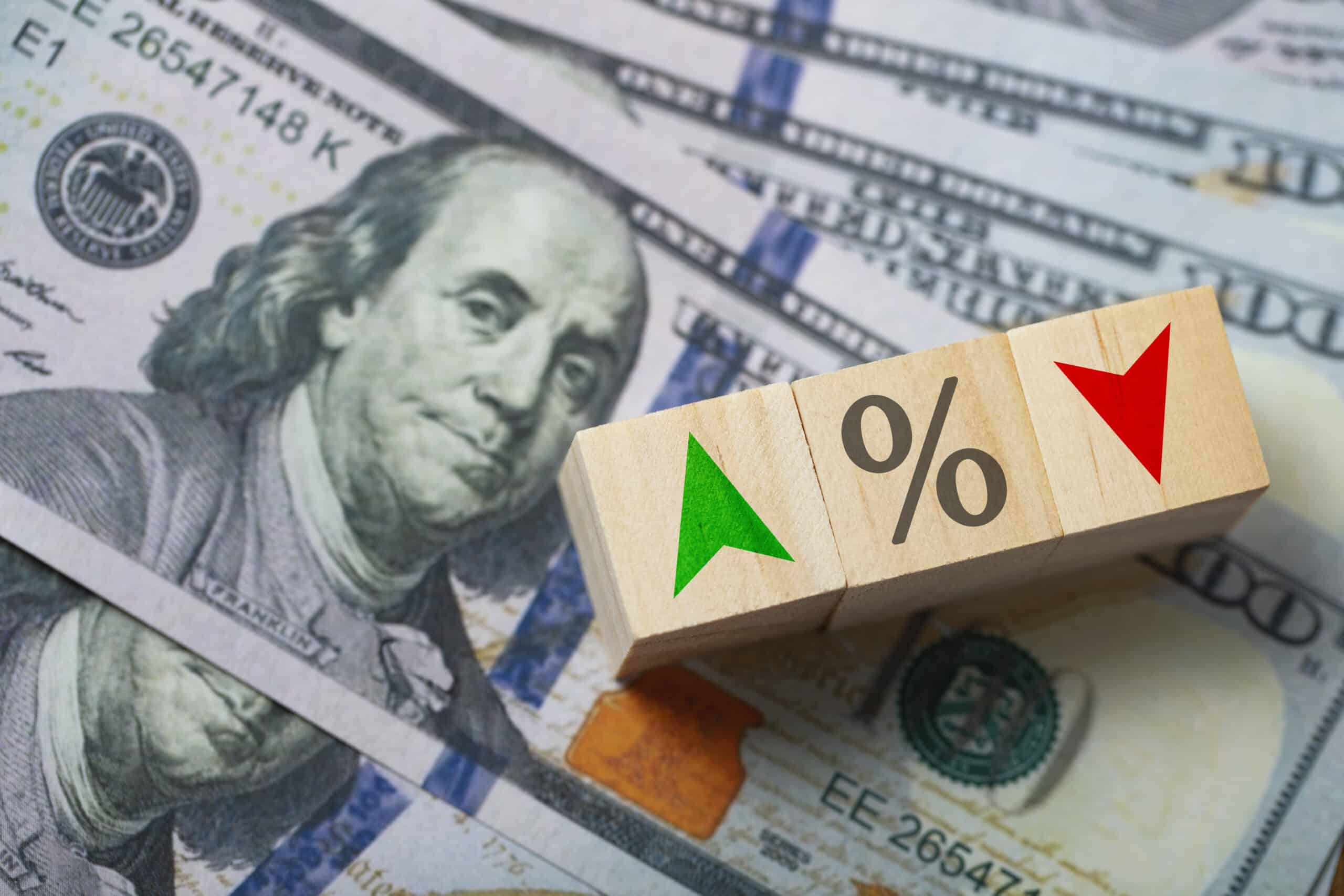Investing
Want $12,500 In Passive Income, Invest $20,000 In These 5 Dividend Stocks

Published:

According to a February 2, 2024 article in The Washington Post, grocery prices have jumped 25% since Joe Biden took office. This outpaced overall inflation, which was 19% in the same time period. The price of beef and baby food soared the most, followed by sugar and citrus fruits.
Families will need ancillary income to help fend off inflation and one way to do that is buy supplementing income with dividend checks.
We screened our 24/7 Wall St. dividend equity research database, looking for stocks that pay massive dividends, and we found a collection of companies that, combined, can generate over $12,500 a year in passive annual income if you invest just $20,000 in each stock at the time of this writing:

With A.I. and high-tech leading the charge into the future, many entrepreneurs are forming startup companies and getting unicorn seed money and venture capital investment to take their concepts to fruition. Runway Growth Finance Corp, from Menlo Park, CA, is a Business Development Company that specializes in financing late-stage technology companies with senior-secured loans so that they can grow to levels that can justify a possible IPO.
With its focus on technology, life sciences, IT, and other areas where cutting-edge technologies can make significant strides, Runway Growth Finance Corp. prefers companies that make electronic equipment and instruments, create software and hardware systems, and that are involved with consumer, retail, healthcare and other services. Runway Growth’s sweet spot per loan underwriting is between $10 million and $75 million.

In the current higher interest rate environment, getting into a bond fund to lock in the current yields is a prudent strategy. The PIMCO Access Income Fund is a closed end bond fund that leverages the resources of Newport Beach, CA headquartered Pacific Investment Management Co.’s fixed-income analysts to look at bond issues in a wide range of categories from around the globe. Corporate bonds, government and sovereign nation debt, asset-backed and mortgage-backed bonds, floating rate bonds, and even municipal bonds are all fair game if they are available at an attractive price and can deliver on the fund’s income requirements.
From a portfolio perspective, the fund’s maturities are fairly balanced from 0-20 years with slightly more weighting in the 0-1 years and 3-5 year ranges. Mortgage bonds and high-yield bonds comprise the greatest allocation percentages. Among corporate bonds, healthcare and consumer products are the largest industrial sector allocations. Geographically, the fund holds bonds from the US, UK, France, Luxembourg, and Spain as of the end of January, 2024.

Another closed end bond fund, Western Asset High Income Fund II gets its fundamental and quantitative analysis edge from its parent, mutual fund behemoth Franklin Templeton. Its offices are in the heart of New York City, right on Park Ave.
The Western Asset High Income Fund likes bonds from transportation. telecom, leisure and midstream energy sectors. Various bonds from Delta Airlines, American Airlines, Western Midstream, Sprint, and Carnival Cruises are among its largest portfolio positions. Additionally, Western Asset High Income fund is truly international in its portfolio scope. While roughly half of its bonds are from US companies, the rest hail from the UK and Western Europe, as well as from Mexico, Brazil, South Africa, Argentina, Indonesia, Qatar, and the Philippines, to name a few.

While a significant number of Business Development Companies claim to be industry agnostic, such is often not the case, and each one may have undisclosed favorites. Sometimes reading between the lines in what kind of exposures they will accept or reject is a clue. Saratoga Investment Corp. falls into the latter category.
For example, CEO Christian Oberbeck has a policy of keeping Saratoga away from direct energy or commodities exposure, due to fluctuating market prices that the current inflationary environment would cause to eat away at profit margins. The company only invests in US companies, and while first lien debt underwritings are Saratoga’s primary financing vehicle, it will sometimes syndicate a deal to spread the risk, while still taking a majority stake.
Like its peers in the BDC field, New York city based Saratoga also may deploy structures such as mezzanine debt, senior secured or unsecured bonds, high-yield debt, preferred or common equity, and other means to close a financing deal. It targets companies with EBITDA between $2 million and higher and revenues from $8 to $250 million. Its financing per deal size often falls between $5 and $50 million.

The aftershocks from the collapse of Evergrande China Group, one of the largest real estate companies in the world, are still being felt throughout the global economy, but particularly in the real estate sector, and concentratedly in the Chinese economy. As a result, millions of small Chinese businesses and middle-class individuals are struggling to make ends meet and to stay afloat financially. Lufax Holding Ltd., based in Shanghai, China, is one of the few that has been handing out life preservers.
One clue as to how highly Lufax Holding is regarded is in its institutional ownership. 41% of Lufax stock is owned by institutions, with the largest stake held by Ping An Insurance, a leviathan-level Chinese entity that is ranked number 33 in the Fortune Global 500 List. Other noteworthy institutional investors include UK investment firm Baillie Gifford & Co. (6 million shares), New York City based Baron Funds (4 million shares), and Renaissance Technologies, LLC (2.4 million shares).
Economic conditions will often dictate the direction of the markets. Both bullish and bearish sentiments can be profitable if one’s investments are designed to ride the trend. If interest rates go up, it behooves investors to hold off on the credit markets and then enter when elevated rates appear that they will start to go down. For those businesses that are in the underwriting side of fixed-income, arbitraging higher rate deals against a lower cost of capital is a surefire profit-making model. The stocks included here are just a few of the ones taking advantage of the current financial environment.
| Name: | Yield: | Annual Dividend Income: |
| Runway Growth Finance Corp. (NASDAQ: RWAY) | 15.10% | $3,020 |
| PIMCO Access Income Fund (NYSE: PAXS) | 13.94% | $2,788 |
| Western Asset High Income Fund II (NYSE: HIX) | 13.10% | $2,620 |
| Saratoga Investment Corp. (NYSE: SAR) | 12.90% | $2,580 |
| Lufax Holding, Ltd. (NYSE: LU) | 11.52% | $2,304 |
| Total: | $13,312.00 |
Are you ahead, or behind on retirement? For families with more than $500,000 saved for retirement, finding a financial advisor who puts your interest first can be the difference, and today it’s easier than ever. SmartAsset’s free tool matches you with up to three fiduciary financial advisors who serve your area in minutes. Each advisor has been carefully vetted and must act in your best interests. Start your search now.
If you’ve saved and built a substantial nest egg for you and your family, don’t delay; get started right here and help your retirement dreams become a retirement reality.
Thank you for reading! Have some feedback for us?
Contact the 24/7 Wall St. editorial team.